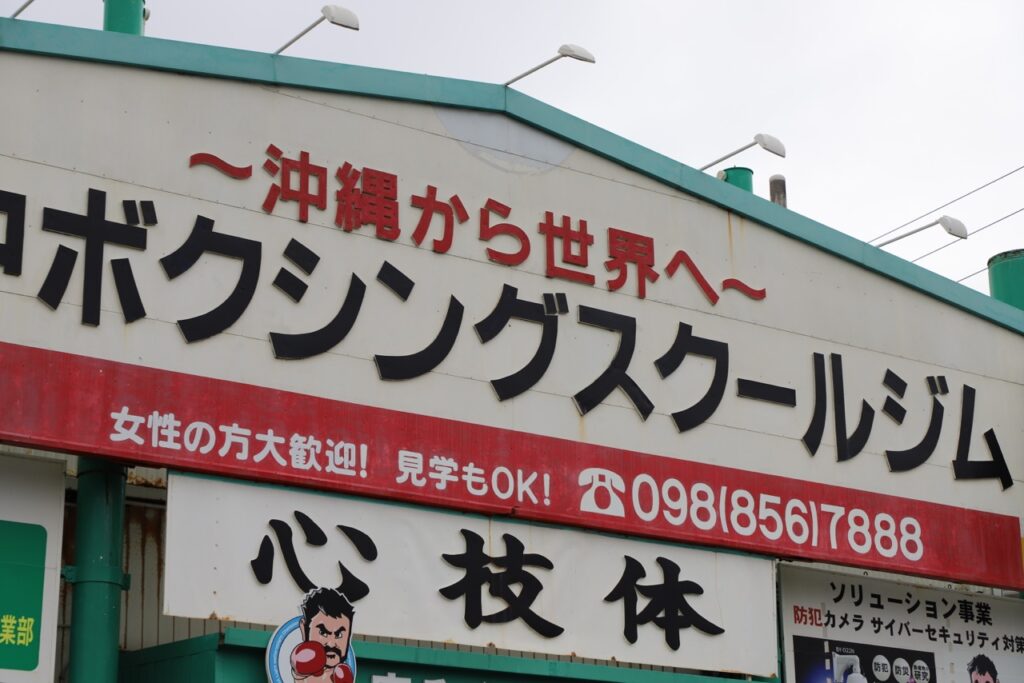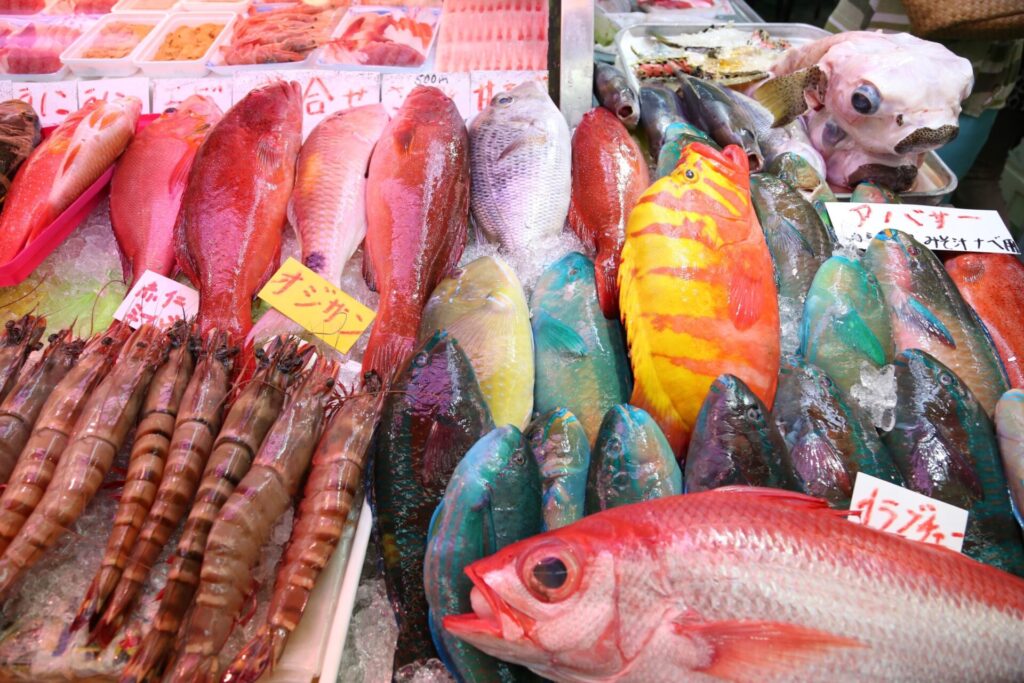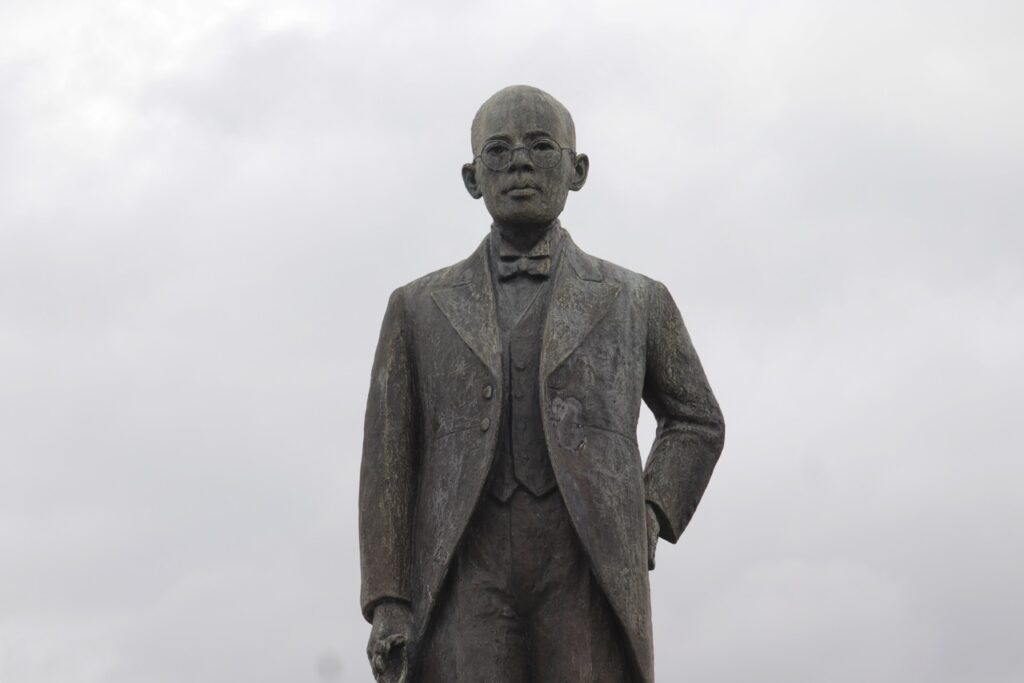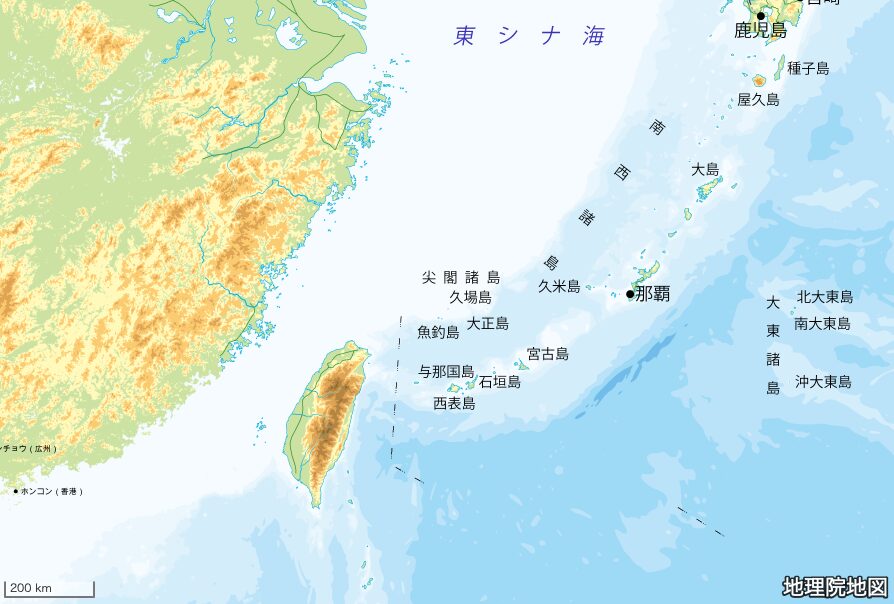Boxing

There is a boxing gym called Winner Gym in Shuri, Naha. The gym is run by Kinjo Shinkichi, who has trained distinguished boxers including Gushiken Yoko and Nago Akihiko, Gushiken’s most successful pupils. While the name is generally spelled “winner” in English, it is pronounced as “win-ner,” which is how the Japanese name is written.
Professional trainers from mainland Japan would often wonder why there were so many strong boxers from Okinawa, but they soon learned this came down to how the boxers were trained in high school. Aside from the various technical aspects, the mental side of training seemed to be as merciless as that of professionals.
It can be said that the history of Okinawan boxing began in a yūfuruyā (bathhouse). Gushiken Yoko, the first Okinawan boxer to become a world champion, lived and trained in the same building as a bathhouse run by Uehara Matsuei, the older brother of future world champion Uehara Yasutsune. While running the bathhouse, Matsuei taught his trainees professional boxing, as in how to defeat the opponent by any means, in the Okinawan language.
The harshness of fights cannot be thought about through light, jab-like Japanese phrases such as “throw stronger punches” or “your posture isn’t good.” Instead, Matsuei trained with Okinawan phrases like “takkusushē (smash him down completely)” and “shinashē (kill him),” which could intimidate people and drive them away. This unique environment was what made Okinawan boxing thrive.
Six Okinawan men have won professional world title matches: Gushiken, Uehara Yasutsune, Tokashiki Katsuo, Tomori Tadashi, Hamada Tsuyoshi, and Hiranaka Akinobu. This number could be seven if we include Arakaki Satoshi, who won the IBF championship, which at the time was a smaller worldwide organization than the WBA and WBC, both of which he was unable to join due to disputes with his local boxing organization.
Even before turning professional, Okinawan students (including Hiranaka and Arakaki) achieved an unprecedented record of winning six divisions at the inter-high school championship in 1981.
Many people, including both boxing reporters and critics, describe Okinawan boxers’ strengths with phrases such as “firm lower body,” “rhythm and great posture” or even “notable capacity to concentrate in the fight.”
But beneath them all, there lies the very simple and rather crude fighting spirit represented by the takkusushē training method.
Kinjo Shinkichi and Kawakami Eishu (Okinawa Fisheries High School Boxing Club) must have had this takkusushē within them, which is why they could draw out the undiscovered talent of the young trainees.
So, when speaking of Winner Gym, it should certainly be pronounced as “win-ner.” Doing so provides a moment, between syllables, to fill your body with energy. Regardless of what others may say, it is and will always be Win-ner Gym.









































































































































































































































